We’re still in Brighton – just a bit closer to the beach
Sereno has been building websites in Brighton for over 20 years. We’ve moved one or twice, and we’re really pleased to have set up shop at The Werks, in the heart of Brighton.
There’s a garden, a nice cafe, and very easy to find. Looking forward to seeing you here.
Update your address book
Sereno Ltd
15-17 Middle St
Brighton BN1 1AL
